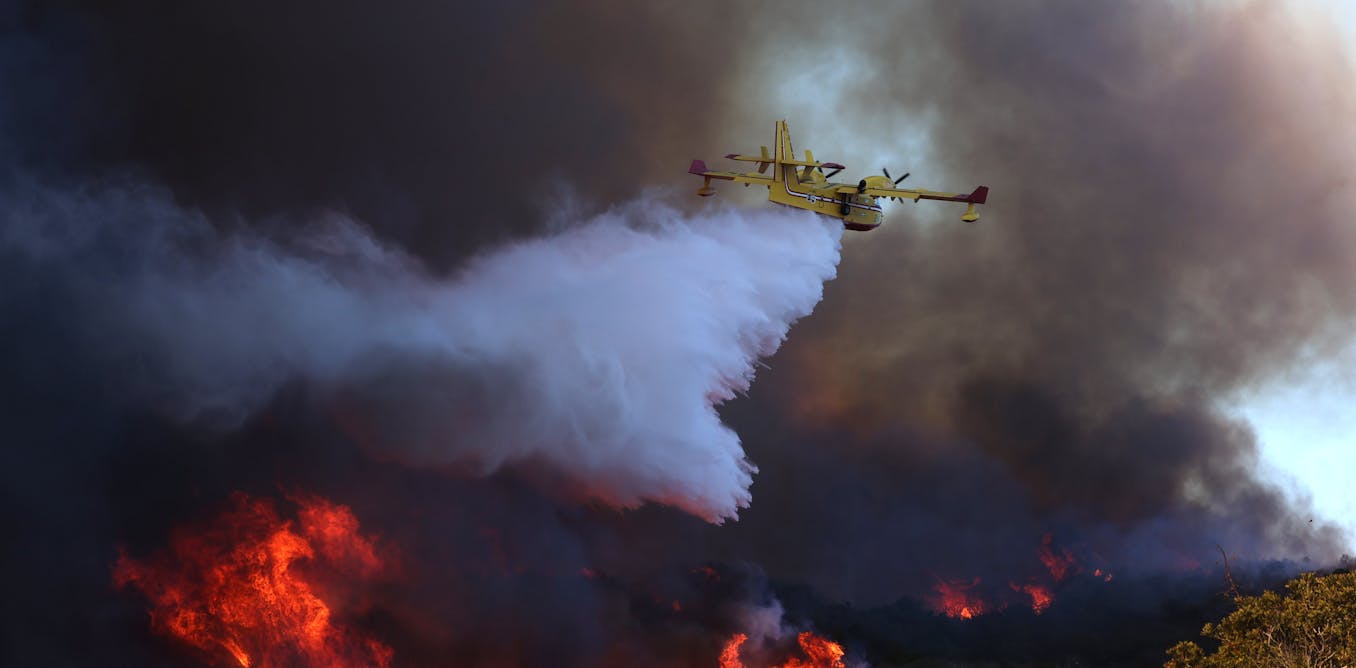Saltwater corrodes firefighting equipment and may harm ecosystems, especially those like the chaparral shrublands around Los Angeles that aren’t normally exposed to seawater. Gardeners know that small amounts of salt – added, say, as fertilizer – does not harm plants, but excessive salts can stress and kill plants.



1 acre of area by 1 foot high volume of water
That is absurd.
If I remember correctly, it comes from measuring volume coming to/from large bodies of water where surface area (acres) and depth changes (feet) are easier to measure and there is little reason to do unnecessary conversion to other, more common, units of volume for industry-specific purposes, especially if others outside the industry rarely see or care about such values.
It’s also very common in agriculture, especially older areas that use flood irrigation, where A. Larger volumes are hard to use in any other unit, and B. you want to know water application rates per-acre on your crops, something that is very easy to find when you are applying acre feet of water over X acres.
Yes it’s a “stupid” unit but it has it’s place.
Ok, but what about cubic metres?
Even if you’re using metric units, area of land times height of water is a common calculation. If you have a 200 hectare plot of land that you want to plant wheat on, and know that wheat needs about 35cm of rain to thrive, but a drought comes in where you only get 10cm, then you’ll want to irrigate with 25 cm times 200 hectares = 5000 hectare cm of water. If you irrigate that volume from a 5000 hectare lake you can expect to deplete it by 1 cm, which would replenish with 0.1cm of rain if the watershed feeding that lake happens to be 50000 hectares itself. Or you could do it with square kilometers. Or square meters. The conversion itself just happens to want to stick with the area for ease of analysis, whenever talking about water use from rain or rivers or lakes.
See also the calorie (non-SI unit of energy that is still convenient for certain calculations), electron volt (non-SI unit of energy useful in quantum physics), or the watt hour (non-SI unit of energy useful for electricity use or battery capacity). These are all metric derived, but different units of the same thing (energy) based on ease of conversion in different calculations.
Because the equation needs three numbers, and because one of them is 1, it won’t give a clear picture of the volume.
An acre foot is 1233 cubic meters